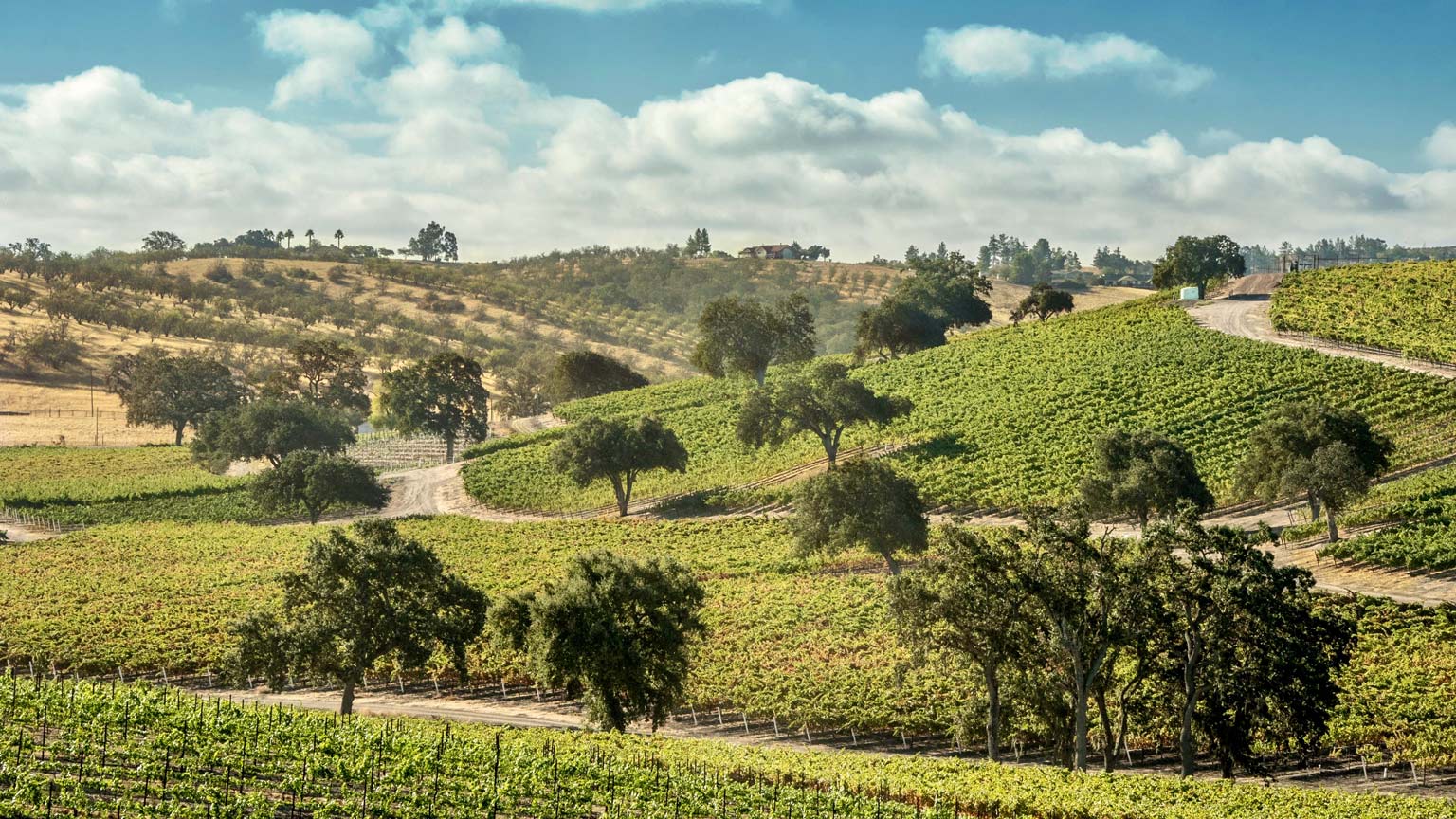Nose
Intense red fruit framed by toasted oak notes.
Palate
The palate is lush and ripe, with persistent flavors of blackberry, boysenberry, and
cherry that go on and on. Still young, this wine needs some time to evolve, but is loaded with
fruit and a finish that hints at a long life in the cellar.
Growing Conditions
The Angel Camp Vineyard Pinot Noir represents our top barrel blend from this
impressive young vineyard in the “deep end” of the Anderson Valley, closest to the
Pacific Ocean. With seven different clones planted, the vineyard provides plenty of
variety to work with, presenting a unique blending challenge. When we decided to
work with Anderson Valley fruit, our goal was to create a wine that stays true to the
terroir of the region but also expresses the Donum style of Pinot Noir. This elegant,
expressive, and balanced Pinot Noir is exactly what we had in mind.
Harvest
The 2014 Vintage marked the third year of drought in California as a whole, although in the North Bay
we were fortunate to receive heavy storms in February and March which replenished the soils and ponds.
The season started early and stayed that way, with mild weather in the spring and warm (but not overly
hot) weather through the summer save for a few heat spikes early in June and July which were far
enough from harvest to cause few worries. A late heat spike in early October provided energy for the
last few blocks, and harvest wrapped up shortly thereafter.
The wines are softer than in 2013, and more accessible in their youth. The vintage evoked some
comparisons to 2004, another early year without too many overly hot days. The vintage’s evenness led
to wines that are well balanced with good acidity, so despite showing well young they should also age
well, as we have seen with the 2004s.
Bottling
The final blend was assembled and bottled in January, 2016, after a total of 15 months
in barrel.
Winemaking
Our Angel Camp bottling represents the best barrels from any of the lots that come from the vineyard,
and in 2014 we found something to like in each of the blocks, so the blend actually has a few barrels
from three different fermentations. Each one spent from three to five weeks on the skins, where
extraction is managed using techniques appropriate to the specific lot and determined based on taste.
The wine then undergoes secondary fermentation and is matured in new and once-used French oak
barrels.
Aging
After about 14 months in barrel, we taste through each barrel and select the best ones for further
study.
Appearance
Verging on purple in color.







